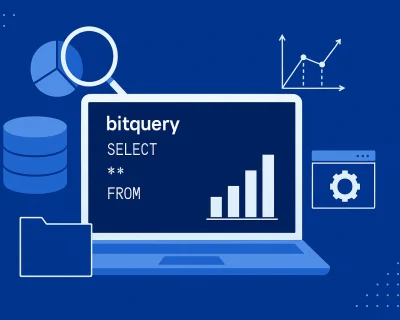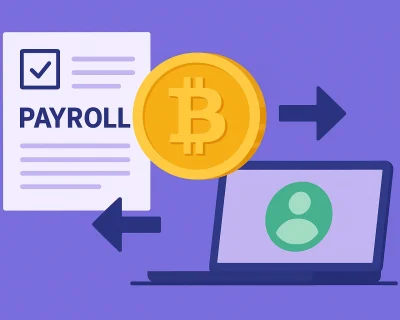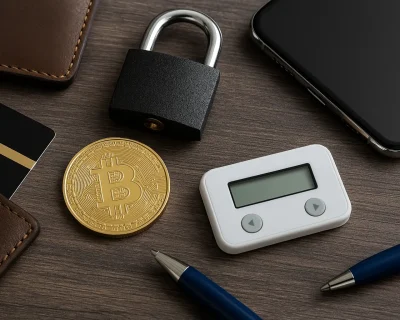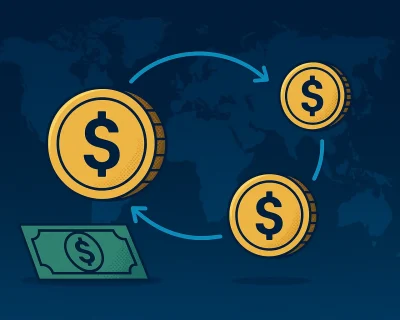How to Create Your Own Crypto Wallet Like a Pro
Hey there, crypto enthusiast! So, you’ve decided to plunge into the world of cryptocurrencies and learn how to create a crypto wallet. A crypto wallet is your personal vault for digital treasures. It’s where you store valuable digital coins and tokens securely, away from the prying eyes of hackers and scammers.
What is a Crypto Wallet?
Let’s demystify the concept of a crypto wallet. Think of it as a virtual bank account designed exclusively for digital currencies. There are several types of wallets:
- Software wallets are perfect for beginners who want to know how to make a crypto wallet. They are like apps to download and install on a computer or smartphone. They’re easy to set up and convenient for managing digital assets. If you plan to launch your own solution, here is a white-label cryptocurrency wallet provider.
Approved software wallets: Exodus, Electrum, Trust Wallet.
- Hardware wallets are for those who want to know how to create a cryptocurrency wallet with top-notch security. These physical devices resemble USB drives that offer an extra layer of protection since private keys are kept offline.
Approved hardware wallets: Ledger Nano S, Trezor.
- Web wallets are a handy option because they operate in your web browser, making it easy to access funds from anywhere. Keep in mind that they might be less secure, for they store private keys on a server. Only keep small amounts of crypto in web wallets.
Approved web wallets: MyEtherWallet, MetaMask.
- Mobile apps work best if you prefer managing your digital assets on the go. You will quickly understand how to create a cryptocurrency wallet because mobile apps feature a user-friendly interface.
Approved mobile wallets: Trust Wallet, Coinbase Wallet.
Understanding Public and Private Keys
When you create a Bitcoin wallet or any other crypto wallet, you’ll be dealing with these keys. Picture your public key as your digital address; it’s like sharing your account number with others so that they can send cryptocurrencies your way. On the other hand, the private key is your super-secret password to access your wallet. Think of it as the key to your vault. Never share your private key with anyone; it’s for your eyes only!
How to Create a Cryptocurrency Wallet
Now it’s time to review how to make a crypto wallet! In this guide, we are setting up a software wallet, as it’s beginner-friendly and widely accessible.
- Choose a Wallet. Go ahead and select a software wallet that suits your needs and device. Remember, safety comes first, so pick a reputable one with good reviews.
- Download and Install. Head over to the app store or the official website of your chosen wallet and download the app.
- Set up Your Wallet. Follow the on-screen instructions that will tell you how to create a cryptocurrency wallet. Choose a strong password or set up a PIN for added security. Keep this information safe!
- Backup Your Wallet. This step is crucial. Write down your recovery seed – a series of random words. Store it offline to avoid any digital mishaps.
- Receive Your First Crypto. Voila! Your wallet is ready to receive crypto. Share your public key, aka wallet address, with friends or exchange platforms to receive your digital coins.
Staying Safe in the Crypto World
Remember, the crypto world is thrilling and treacherous, much like exploring the deep sea. As you venture further into the world of cryptocurrencies, here are some essential safety tips:
- Stay Informed. Knowledge is your best weapon against scams and frauds. Stay updated with the latest security practices and crypto news;
- Beware Phishing. Do not respond to suspicious emails, messages, or websites asking for your wallet details. Legitimate providers will never request your private key;
- Get Used to Transactions. When you learn how to make a cryptocurrency wallet, proceed to small transactions. Get comfortable with the process before moving larger amounts.
- Diversify Investments. When you create a Bitcoin wallet or any other crypto wallet, diversify your holdings among different wallets to reduce risks.
Now you know how to create a cryptocurrency wallet and keep it safe. Remember, take it slow, stay informed, and always keep your private keys private. Happy hodling!













